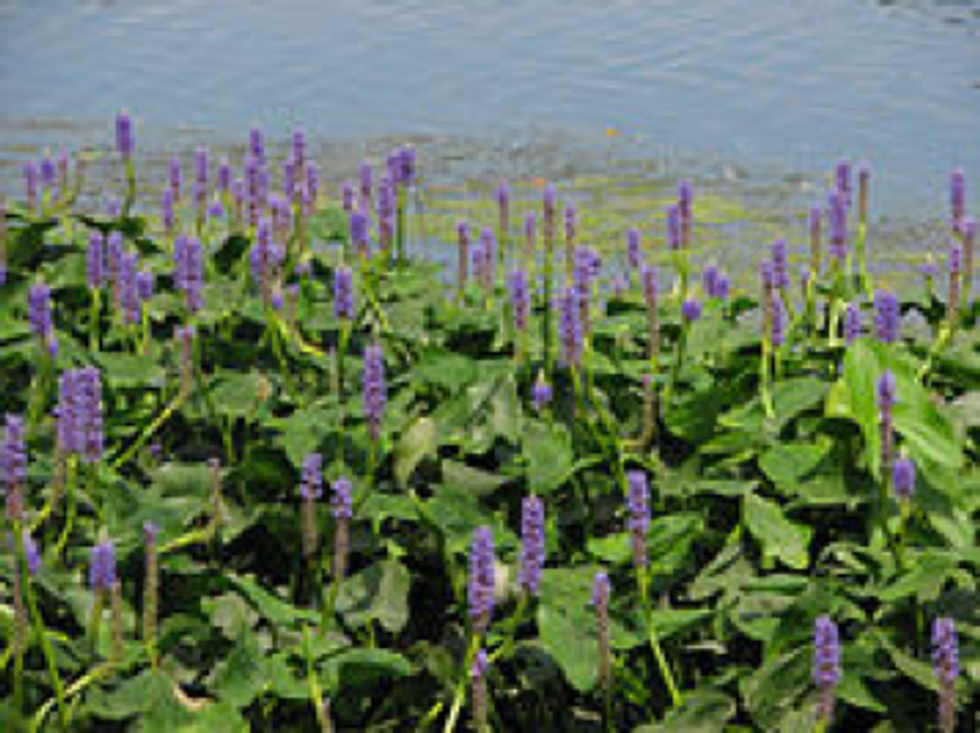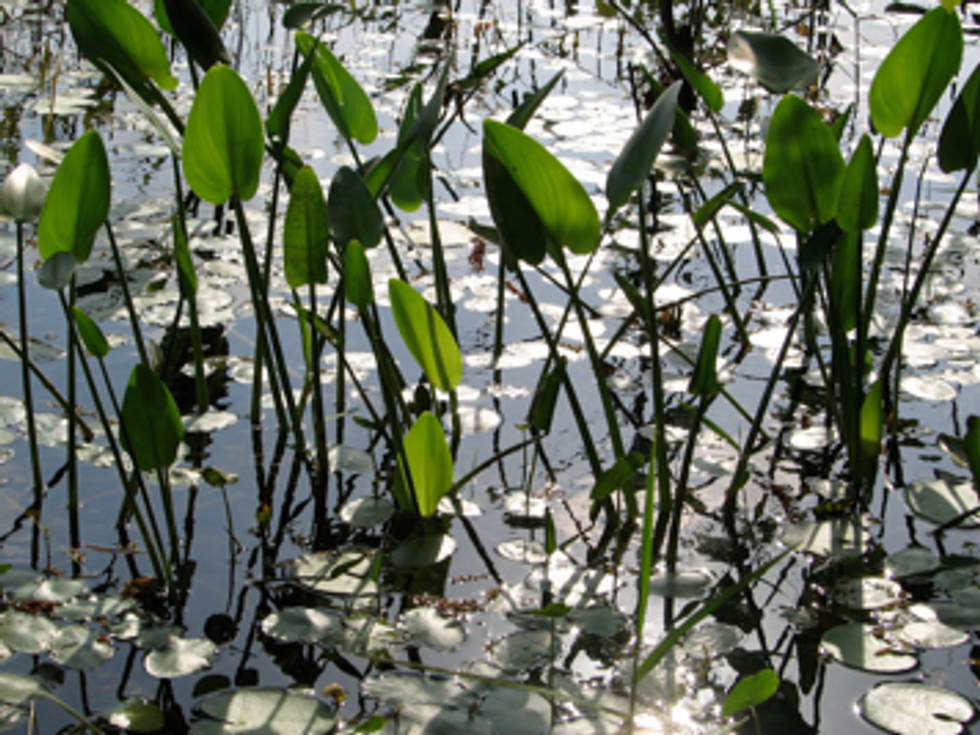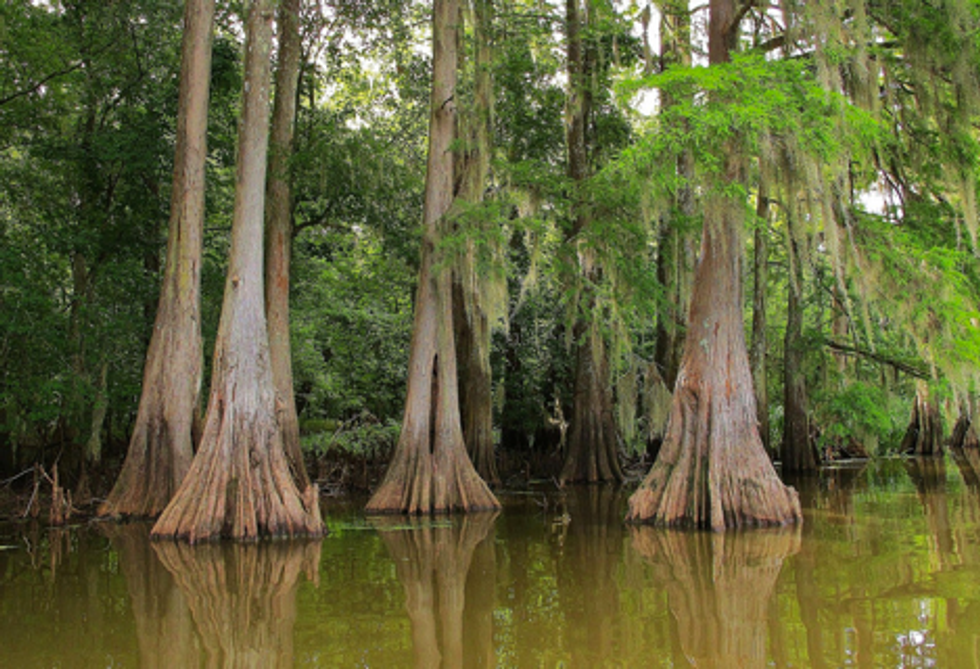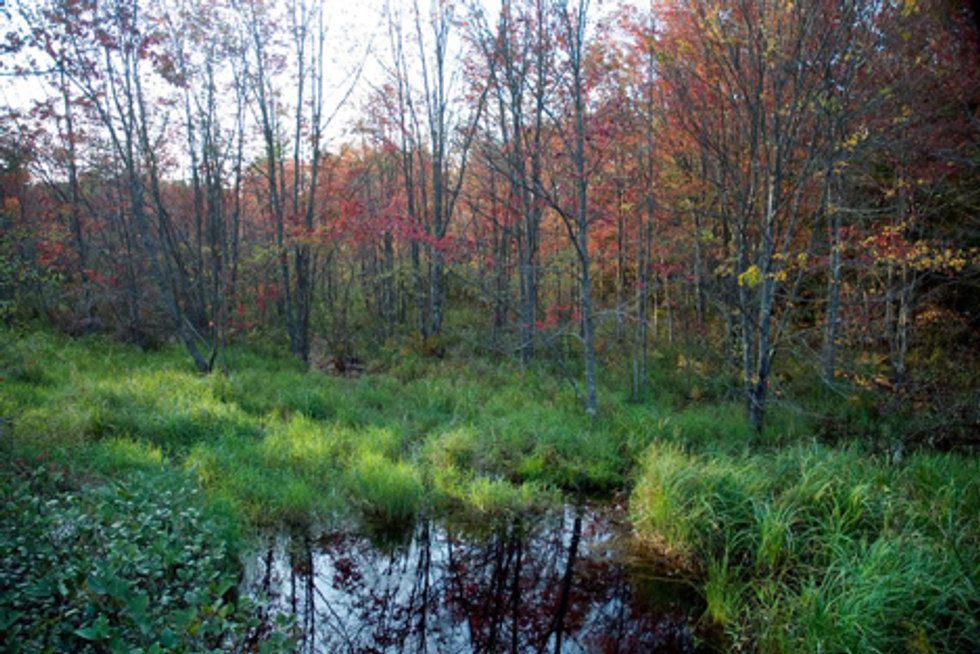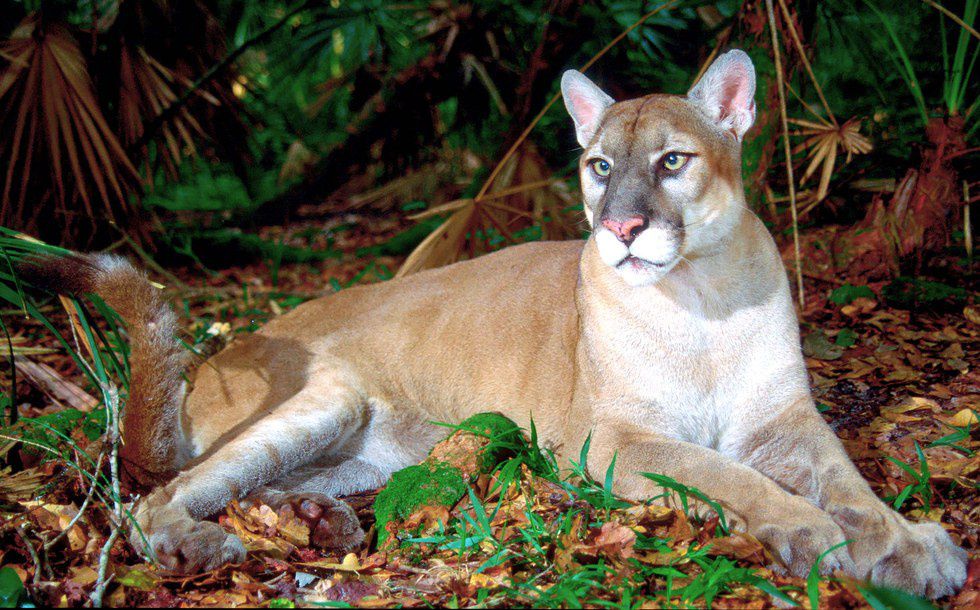Florida may to known to many for its beautiful beaches and marine areas, but Florida also has another type of natural gem: freshwater ecosystems. These wetlands are extremely beneficial to Florida's environment and people who live in the Sunshine State, and they house a wide range of flora and fauna as well.
A wetland is defined as a habitat that is submerged in water for at least part of the year and has plants that are adapted to survive this flooding. There are many different types of wetland environments such as marshes, swamps, bogs, and fens. Here in South Florida, marshes and swamps are by far the most common, however, mangrove forests and wet prairies are also common. The most famous wetland ecosystem in the world is the Everglades.
The nature of the Everglades environment posed a great challenge to early development of Florida. However, drainage efforts over the last century have produced the modern urbanized Florida that we are familiar with today. Humans have strictly controlled the natural environment here to preserve their way of life. Historic water flow to the Everglades system has been greatly altered with the help of canals, culverts, reservoirs, and the introduction of water absorbing vegetation such as Melaleuca. However, there was no way humans could know about the severe impact that this would have on the environment and on human life.
Although the Everglades seems like a hostile environment at times, it has a great deal of importance for human life. Wetlands in general are important and very delicate ecosystems. In South Florida, the Everglades provide the main source of freshwater replenishment for human use. Sheet flow through the Everglades ecosystems allows for percolation through saturated soil and eventually into the limestone aquifer system that is below the majority of the state. Florida is mainly made up of limestone which is very porous by nature and allows water to seep in. Therefore, over the years layers and layers of water soaked rock have been used. The Biscayne aquifer is the main source of water in South Florida and it is mainly replenished by sheet flow from the Everglades back into the aquifer. However, the disruption of the natural flow of water through the system means that less and less water has been making its way back into the aquifer system. Also, a greater population of people are depending on the aquifer as a water source, but less water is going into the aquifer which leads to another problem which is the intrusion of salt water into the aquifer which can render an aquifer useless.
Wetlands are also considered some of the most productive ecosystems in the world (comparable to rainforests and coral reefs). Wetlands are home to a vast diversity of organisms from the microscopic level to keystone species that define a certain habitat. With this productivity and diversity comes the ability for wetlands to be great atmospheric stabilizers. The vast diversity of species found there gives wetlands great economic and recreational values.
Flora
There are two main types of wetland habitats found in Florida. The first is a habitat dominated by herbaceous plants: a marsh. The second habitat is dominated by forests: a swamp. Marshes can be found on the edges of lakes and rivers or in low-lying areas. A floodplain marsh is directly influenced by river flooding and can be flooded with water for at least three months of the year. The outer floodplains have graminoids and forbs while the inner section has cordgrass and sawgrass. A depression/basin marsh occurs in low spots and is affected by rainwater or rising water tables. This habitat has numerous herbs and grasses, sand cordgrass, maidencane, sawgrass, pickerelweed, and much more. A flag pond is a small depression that is dominated by flag-like vegetation. They can be components of other wetland habitats or they can be isolated. Since they are usually deeper, they can hold water throughout the dry season. Some of the plant species that can be found here are the alligator flag, pickerelweed, and various arrowhead species.
Cordgrass
Maidencane
Pickerelweed
Alligator flag
Swamps can also be found near rivers and lakes, in extremely flat landscapes, or in low-lying areas. A floodplain swamp is a canopy forest that occurs in areas of frequent or permanent flooding by rivers and lakes. Some species of plants include cypress trees, tupelo trees, red maples trees, and swamp laurel oak. If the flooding isn’t prolonged, ferns and other shrubs are able to grow, too. A strand swamp is similar to a floodplain swamp and occurs next to a slough system instead of a river. Cypress trees commonly found in this area. Red maple trees, pond apple, and swamp laurel oak can also be found here. A dome/depression swamp occurs in areas of low-lying landscape and is affected by rainwater. They may hold water throughout the year and the water is generally still. Cypress trees are the dominant plant and they are referred to as cypress domes, due to the larger trees being found at the center due deeper areas in that location.
Cypress tree
Pond apple
Cypress dome
Fauna
Nonnative Apple Snail:
Just like with the plants, there are numerous animals in Florida's wetlands (and a lot of them are pretty cute, too). Let's first start with invertebrates. A notorious invertebrate that is taking over Florida's freshwater ecosystems is the non-native apple snail. Unlike the native Florida applesnail, the non-native apple snail is originally from South America and is displacing the native applesnail and is considered an invasive species. The non-native applesnail also creates problems for snail kites (an endangered species), a bird that usually feeds on the native applesnail. Because the non-native snail is significantly larger than the native one, snail kites have a hard time getting food because it’s more difficult to get into the larger shell of the non-native snail. This invasive snail has distinguishable eggs, which appear in small pink clusters, while the native applesnail has clusters of larger, white eggs.
Largemouth Bass:
After looking at one of the most talked about invertebrates in Florida's wetlands, we can move on to the fish found in these ecosystems. One of the best known fish in these ecosystems is the largemouth bass, which is also Florida's state freshwater fish. It is the most popular game fish in North America, so it is an important asset to Florida's fishing industry. This fish gets its name from its larger mouth that allows it to swallow both invertebrate and vertebrate prey.
Bullfrog:
While many people don't think of them as readily as they would think of a mammal or a fish, amphibians are also prevalent in Florida's wetlands. One of the most well known is the bullfrog, which is the largest native frog in North America. This frog is pretty much a beast and will eat anything that they physically can, including small mammals and even other frogs. While the frog is a part of Florida's ecosystems, they are not native in many western states and they have caused population problems with other amphibians.
American Alligator:
There is no denying that when people think of reptiles in Florida, most will immediately think of the american alligator. (There have been too many news reports of these things in people's swimming pools and golf courses not to think of them.) Not only is the american alligator an icon for Florida's wetlands in general, they are also very important to these ecosystems and are considered a keystone species (aka super influential and vital). Alligators create alligator holes for nesting, and these holes fill with water and turn into a refugia for wildlife during the dry season.Anhinga:
A bird that is commonly associated with Florida's freshwater ecosystems is the anhinga. This species is an interesting bird that dive underwater to stalk their aquatic prey, which primarily consists of fishes. Their nickname, "snake bird", comes from their habit of swimming with their entire body underwater aside from their long neck and head. They are also sometimes called "water turkey" because of their wide tail. The feathers are black and brown, but the males have beautiful silvery lines on their wings that are a great shot for photographers and a sight for bird watchers.
Florida Panther:
Perhaps one of the most beautiful/known mammals in Florida's wetlands (and also uplands) is the Florida panther. This big cat is a beautiful subspecies of puma and are considered an apex predator of the habitats in which they live. As an apex predator, they provide an important ecological service of keeping other organisms' population in check. The Florida panther is known for its endangered status and is a major animal of protection in Florida.






